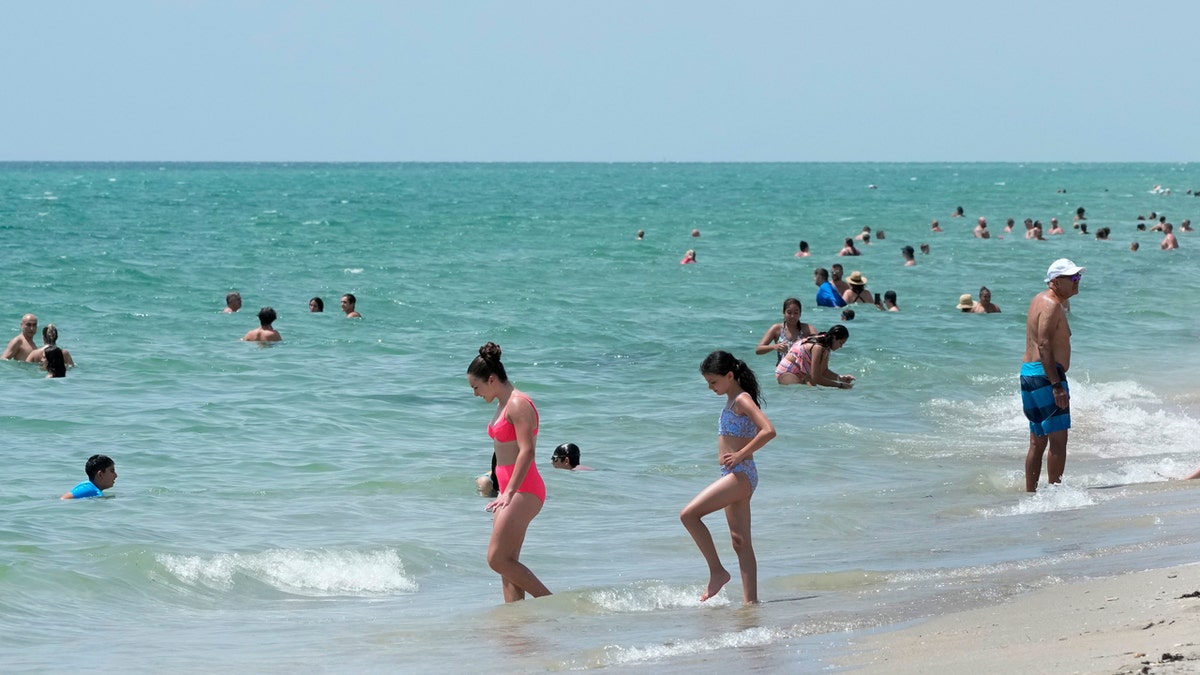Florida is experiencing an intense summer with exceptionally high water temperatures, creating a dangerous environment for coral reefs and offering little respite for swimmers from the oppressive heat. These near-record ocean temperatures, reaching the mid-90s, are significantly higher than the seasonal average. The combination of heat and humidity is expected to make it feel like 110 degrees Fahrenheit by the end of the week.
This extreme heat follows a week of global record-breaking temperatures, as reported by the World Meteorological Organization. Global sea surface temperatures have been at record highs since April, and the North Atlantic has been exceptionally warm since mid-March. Experts link these rising temperatures to climate change and more frequent extreme weather events.
The unusually warm ocean water around Florida is contributing to increased humidity, exacerbating the already oppressive conditions. This heat dome, which previously impacted Texas and Mexico, is predicted to linger and potentially intensify in Florida. The National Oceanic and Atmospheric Administration (NOAA) forecasts a heat index of around 110 degrees by the weekend. Other parts of the U.S. Southwest are also facing extreme heat, with temperatures expected to reach 110 degrees in some areas and even up to 130 degrees in Death Valley.

The high water temperatures are a significant concern for Florida's coral reefs. Scientists warn of potential widespread coral bleaching, a phenomenon that weakens and can ultimately kill coral. Reports of bleaching are already emerging from Belize, raising alarms for reefs in the Caribbean, Central America, Florida, and the Pacific Islands. The combination of an ongoing El Niño and human-induced climate change is contributing to these increasingly frequent bleaching events.
Adding to the challenges, plumes of Saharan dust are expected to reach South Florida, impacting air quality and reducing the frequency of afternoon rain showers. These dust plumes, transported by upper-level winds, are a common occurrence during this time of year. While they can create spectacular sunrises and sunsets, they also dry out the atmosphere, further contributing to the already dry conditions.
Comments(0)
Top Comments